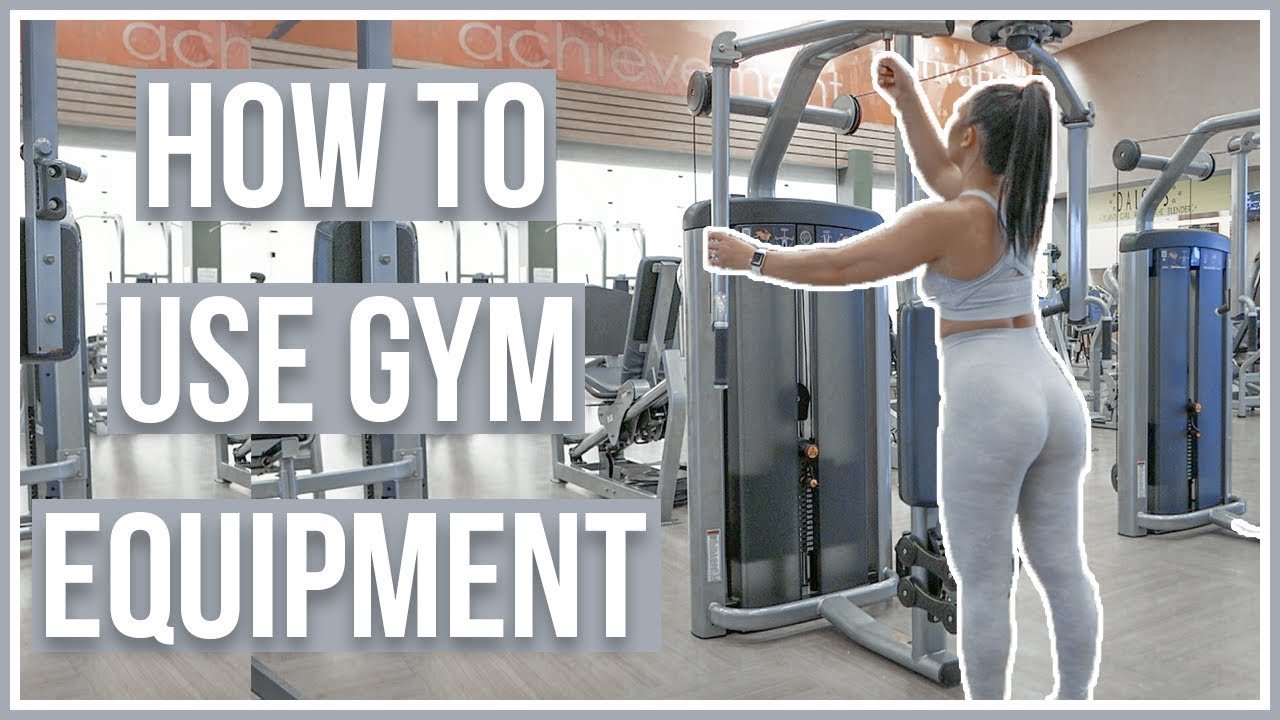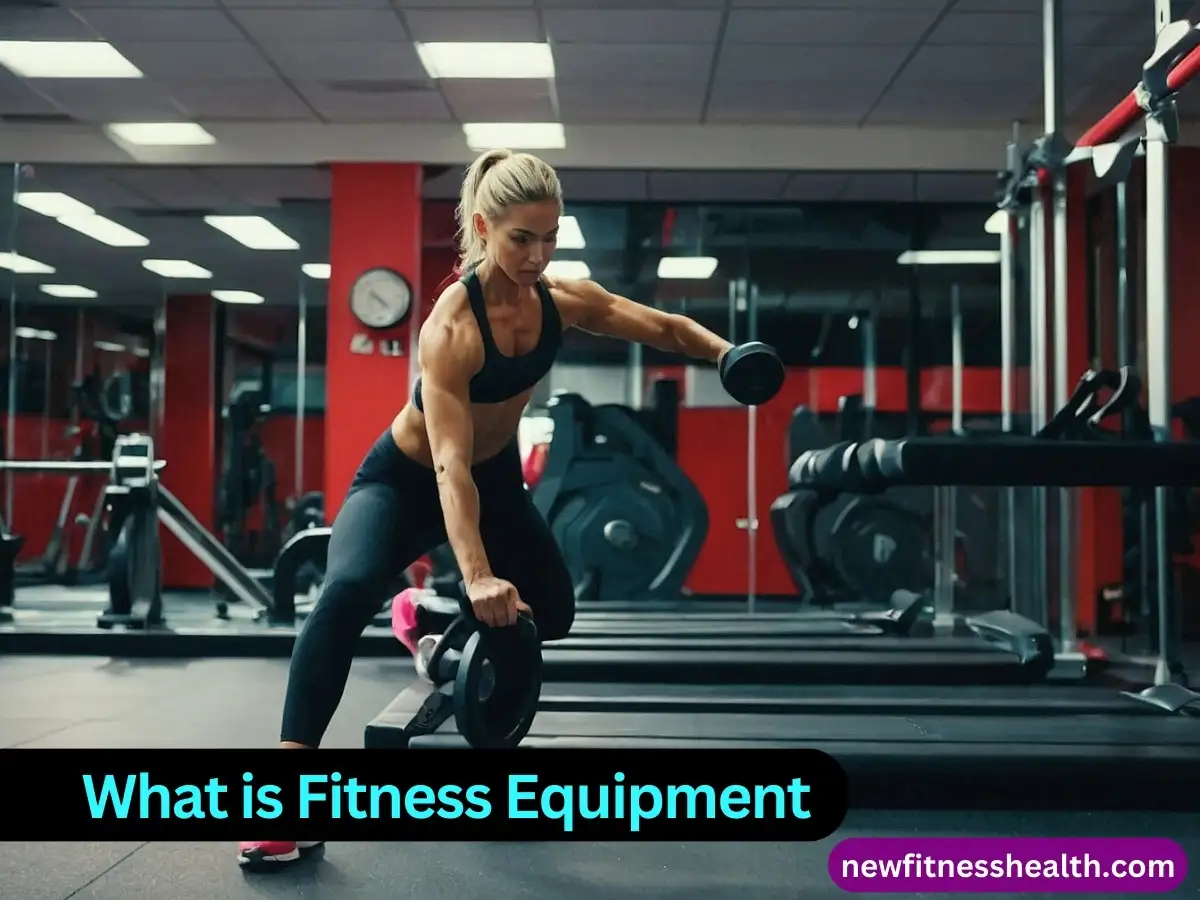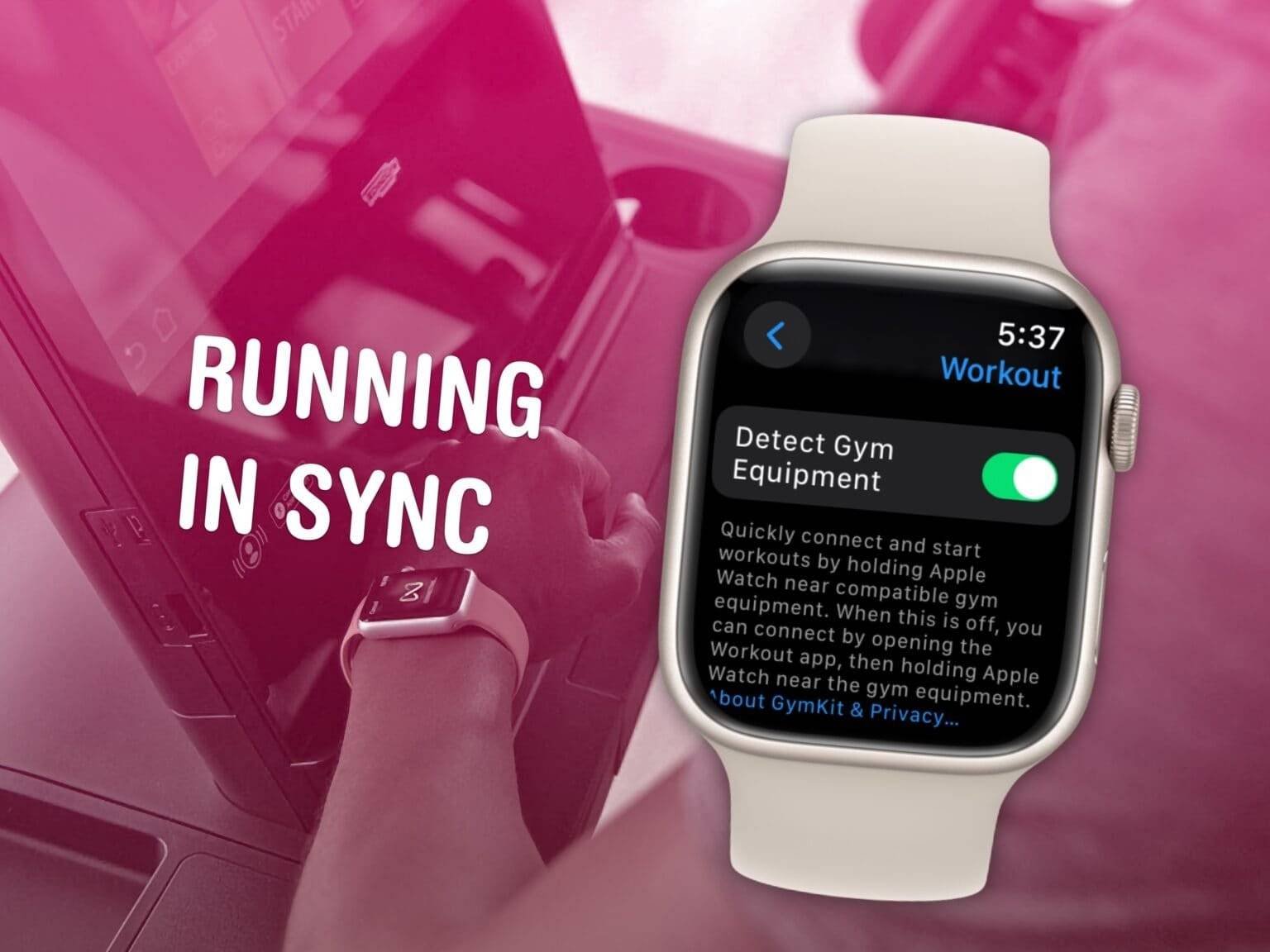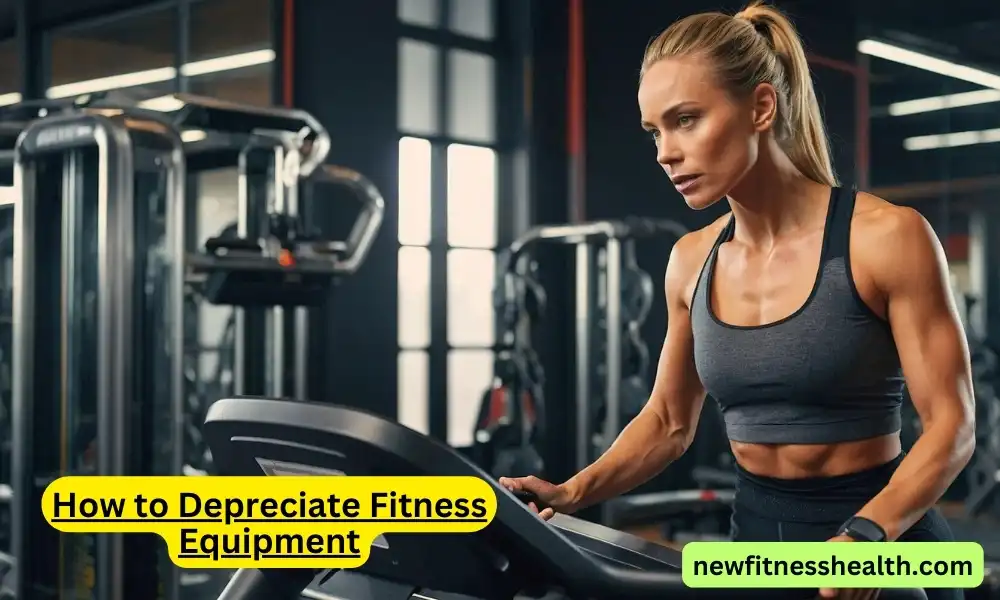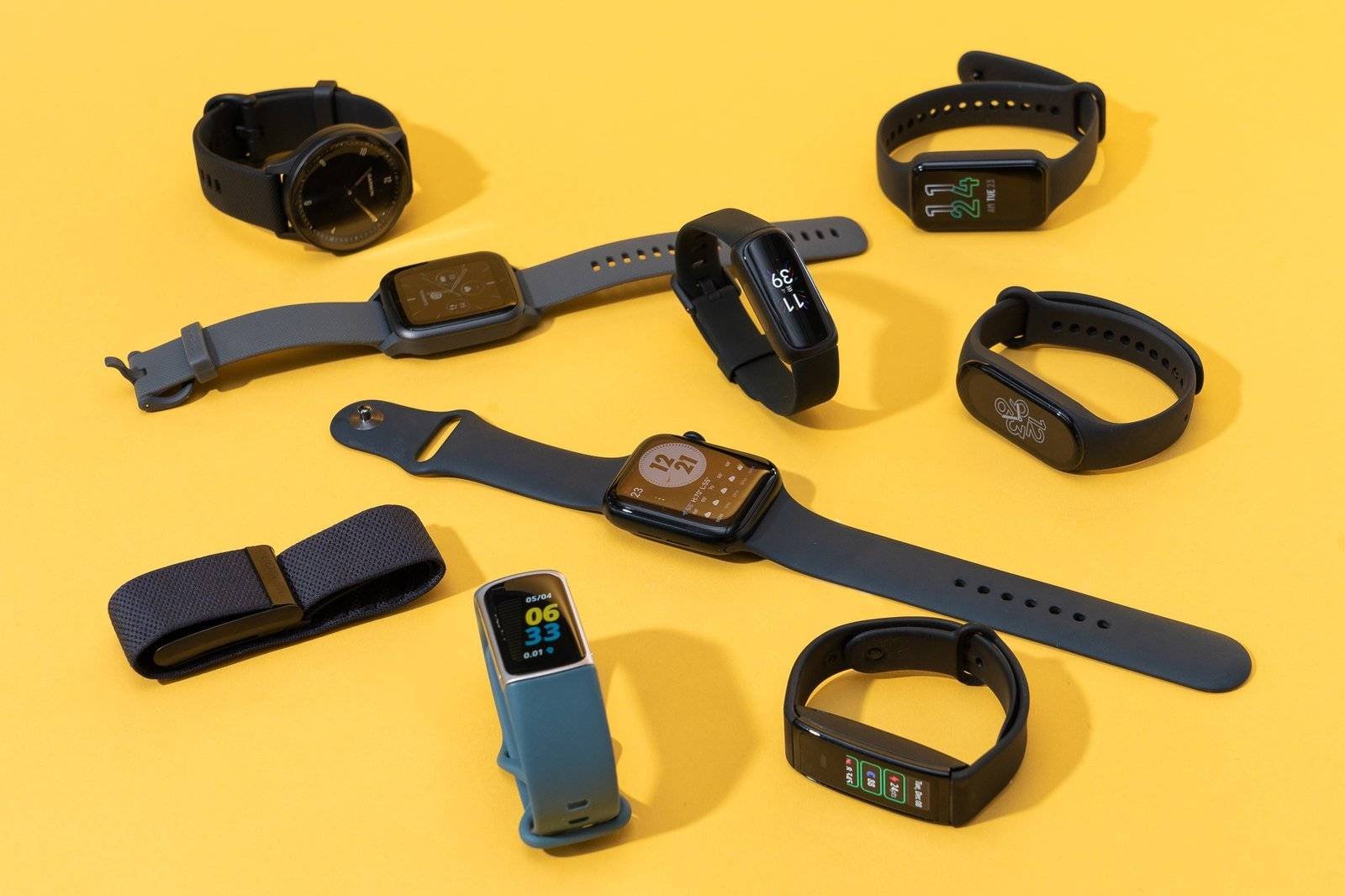To use fitness equipment correctly, follow the manufacturer’s instructions and maintain proper form. Start with lighter weights and gradually increase resistance.
Using fitness equipment can significantly enhance your workout routine and improve overall fitness. Understanding how to use each piece correctly ensures safety and maximizes benefits. Begin by familiarizing yourself with the equipment’s functions and settings. Always warm up before starting your workout to prevent injuries.
Focus on maintaining proper posture and controlled movements. Gradually increase resistance or intensity as your strength improves. Don’t hesitate to ask gym staff for guidance if needed. Consistency and proper technique are key to achieving your fitness goals while avoiding injury.
Starting Your Fitness Journey
Starting a fitness journey is exciting. It promises better health and energy. Using fitness equipment can help you achieve your goals faster.
Setting Personal Goals
Before you begin, it’s essential to set personal goals. Goals keep you motivated and focused.
- Identify what you want to achieve.
- Set realistic and achievable targets.
- Break down your goals into smaller steps.
Here’s a simple table to help you set your goals:
| Goal | Action | Timeline |
|---|---|---|
| Lose Weight | Exercise 30 mins daily | 3 months |
| Build Muscle | Strength training | 6 months |
Consulting With A Fitness Professional
Consulting a fitness professional is very important. They guide you on how to use the equipment correctly. This helps to avoid injuries.
- Find a certified fitness trainer.
- Discuss your personal goals with them.
- Follow their advice and training plan.
Fitness professionals can also help tailor workouts to your needs. This ensures you get the best results from your efforts.
The Gym Environment
Stepping into a gym can feel overwhelming. Understanding the gym environment helps ease this stress. Knowing where things are and how to behave makes a big difference.
Navigating The Space
The gym has many areas. Each area serves a different purpose. Familiarize yourself with these zones:
- Cardio Area: Treadmills, bikes, and ellipticals are here.
- Weightlifting Area: Find dumbbells, barbells, and weight machines.
- Stretching Zone: Mats and space for stretching exercises.
- Functional Training Area: Equipment for dynamic exercises.
Walk through the gym once to see everything. This helps you feel more confident. Look for signs and ask staff for directions.
Gym Etiquette 101
Respecting others in the gym is very important. Follow these simple rules:
- Wipe down equipment after use. This keeps things clean for everyone.
- Return weights to their racks. Others need to use them too.
- Limit time on machines. Don’t hog equipment if others are waiting.
- Use headphones if listening to music. Keep the noise down.
- Respect personal space. Give others room to exercise.
Good manners make the gym a better place for everyone. Remember, everyone is there to improve their fitness.
Cardio Machines Explained
Cardio machines are great for heart health and burning calories. They help in improving stamina and endurance. Let’s dive into some popular cardio machines.
Treadmill Basics
The treadmill is a common choice for indoor running or walking. It has a moving belt that you walk or run on. You can adjust the speed and incline.
- Start slow and gradually increase speed.
- Use the safety clip to stop the machine if needed.
- Keep your posture upright and avoid leaning on the handles.
Mastering The Elliptical
The elliptical is low-impact and easy on the joints. It simulates walking or running without the hard impact.
- Start with a comfortable resistance level.
- Maintain a steady pace for effective cardio.
- Use the handles to work your upper body.
Stationary Bike Techniques
The stationary bike is perfect for a low-impact cardio session. It works your legs and can improve cardiovascular health.
- Adjust the seat for proper leg extension.
- Start with a low resistance and increase gradually.
- Keep your back straight and avoid hunching over.
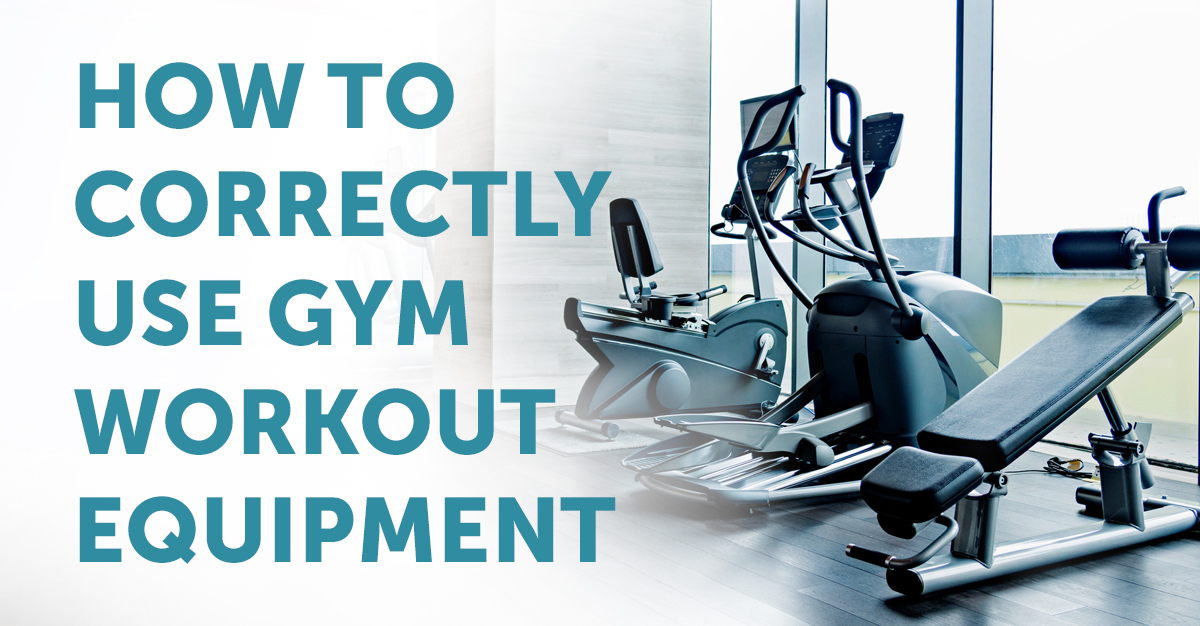
Credit: ptandme.com
Strength Training Equipment
Strength training equipment helps build muscles and improve strength. It includes a variety of tools like free weights and machines. Knowing how to use these properly is key for effective workouts and safety.
Free Weights Vs. Machines
Free weights include dumbbells, barbells, and kettlebells. They allow for a range of motion and work multiple muscles.
Machines, on the other hand, guide your movements. They are safer for beginners and help isolate specific muscles.
Here’s a comparison of free weights and machines:
| Free Weights | Machines |
|---|---|
| Allow for natural movement | Guide your movements |
| Engage stabilizing muscles | Isolate specific muscles |
| More versatile | Safer for beginners |
Proper Form For Safety
Using proper form is crucial for safety and effectiveness. Always start with lighter weights to master the form.
Here are some tips to ensure proper form:
- Keep your back straight.
- Avoid locking your joints.
- Move smoothly and control the weight.
- Breathe correctly; exhale during exertion.
Following these tips will help prevent injuries and maximize your gains.
Functional Fitness Tools
Functional fitness tools are essential for a balanced workout. They help improve strength, flexibility, and coordination. These tools mimic everyday movements, making you stronger and more agile.
Incorporating Kettlebells
Kettlebells are versatile and effective. They help build muscle and burn fat. Here are some key exercises:
- Kettlebell Swing: This boosts your heart rate and strengthens your core.
- Goblet Squat: Excellent for building leg and glute strength.
- Turkish Get-Up: Enhances mobility and stability.
Utilizing Medicine Balls
Medicine balls add a dynamic element to workouts. They improve power and coordination. Try these exercises:
- Medicine Ball Slams: Great for relieving stress and working your entire body.
- Russian Twists: Targets your obliques and strengthens your core.
- Chest Passes: Perfect for improving upper body strength and coordination.
Resistance Bands Workouts
Resistance bands are compact and versatile. They help build strength and flexibility. Here are some effective exercises:
- Band Squats: Improves leg strength and stability.
- Banded Push-Ups: Adds extra resistance to your upper body workout.
- Banded Rows: Enhances back strength and posture.

Credit: www.youtube.com
High-intensity Interval Training (hiit) Equipment
High-Intensity Interval Training (HIIT) is a popular workout method. It alternates short bursts of intense exercise with recovery periods. Using the right equipment can maximize your HIIT workouts. This guide helps you set up and choose the best gear for HIIT.
Setting Up For Circuit Training
Start by arranging your space for circuit training. Ensure you have enough room to move freely. A clutter-free area prevents injuries and distractions.
Next, set up your stations. Each station should have a specific exercise. For example:
- Station 1: Jump rope
- Station 2: Kettlebell swings
- Station 3: Push-ups
- Station 4: Medicine ball slams
Ensure each station has the necessary equipment. Place them in an easy-to-follow sequence.
Essential Gear For Hiit
Certain equipment is essential for an effective HIIT workout. Here are some key items:
| Equipment | Purpose |
|---|---|
| Jump Rope | Improves cardiovascular health and coordination. |
| Kettlebell | Builds strength and endurance. |
| Resistance Bands | Enhances muscle tone and flexibility. |
| Medicine Ball | Boosts power and core strength. |
These items are versatile and portable. They allow you to perform a variety of exercises.
Remember to wear comfortable workout clothes. They should be breathable and allow full movement. Use a reliable timer to track your intervals. A timer ensures you maintain the intensity and rest periods accurately.
With the right setup and gear, your HIIT workout will be efficient and effective.
Tracking Progress With Technology
Technology can help you track your fitness progress. You can see your improvements and stay motivated. Here, we’ll explore how fitness trackers and workout planning apps can help.
Using Fitness Trackers
Fitness trackers can monitor your steps, heart rate, and sleep patterns. They can also count calories burned. Many people use them to set daily goals. You can wear them as watches or bands.
- Steps: Track the number of steps you take each day.
- Heart Rate: Monitor your heart rate during workouts.
- Calories: See how many calories you burn.
- Sleep: Measure the quality of your sleep.
| Brand | Features |
|---|---|
| Fitbit | Steps, heart rate, sleep tracking |
| Apple Watch | Heart rate, workout tracking, GPS |
| Garmin | Steps, GPS, calorie counting |
Apps For Workout Planning
Workout planning apps can create customized workouts. They can also track your progress and adjust your plans. These apps often include video tutorials and reminders.
- Personalized Workouts: Tailor workouts to your fitness level.
- Progress Tracking: Keep a record of your achievements.
- Video Tutorials: Learn proper exercise techniques.
- Reminders: Get notifications to stay on track.
Below are some popular workout planning apps:
| App | Features |
|---|---|
| MyFitnessPal | Calorie counting, workout logging |
| Strava | Running and cycling tracking, social features |
| JEFIT | Strength training, progress tracking |
Maintenance And Care Of Equipment
Maintaining and caring for fitness equipment is crucial for its longevity. Proper care ensures safe and effective workouts. Regular cleaning, checks, and minor repairs can prevent bigger issues.
Cleaning And Sanitization
Cleaning fitness equipment keeps germs at bay. Germs can cause illness. Use a mild disinfectant to clean equipment surfaces.
- Wipe down machines after each use.
- Use a soft cloth to avoid scratches.
- Focus on high-touch areas like handles and screens.
Sanitize equipment weekly for deeper cleaning. Use a stronger disinfectant for this. Make sure the equipment is dry before use.
Regular Equipment Checks
Regular checks prevent equipment failure. Inspect machines for wear and tear. Look for loose bolts and screws.
| Equipment | Check Frequency | Action Needed |
|---|---|---|
| Treadmills | Weekly | Tighten bolts, check belts |
| Ellipticals | Monthly | Lubricate joints, check pedals |
| Free Weights | Weekly | Inspect for cracks, clean handles |
Document your checks in a log. This helps track maintenance. Replace worn-out parts immediately.
Follow these steps for a safe and clean workout space. Proper maintenance extends equipment life and ensures safety.
Overcoming Plateaus
Hitting a plateau in your fitness journey can be frustrating. Your progress stalls, and it feels like you’re stuck. This is a common issue faced by many. Fortunately, overcoming plateaus is possible. With the right strategies, you can push through and continue to improve.
Varying Your Routine
One effective way to overcome plateaus is by varying your routine. Repeating the same exercises can make your body adapt. This adaptation slows down progress. To break this cycle, change your workout routine.
- Try new exercises.
- Increase or decrease workout intensity.
- Switch the order of your exercises.
- Incorporate different types of training, like HIIT or strength training.
Changing your routine shocks your muscles. This promotes growth and improvement. Also, it keeps workouts interesting and fun.
Advanced Equipment Techniques
Using advanced techniques with fitness equipment can also help. Many people use basic methods. By learning advanced techniques, you can maximize your workouts.
- Super Sets: Perform two exercises back to back without rest.
- Drop Sets: Start with a heavy weight. Reduce the weight and continue the set.
- Pyramid Sets: Increase the weight with each set, then decrease it.
These techniques push your body harder. They help you break through plateaus. Advanced techniques require proper form. Always prioritize safety to avoid injury.
| Technique | Description |
|---|---|
| Super Sets | Two exercises back to back without rest |
| Drop Sets | Reduce weight and continue the set |
| Pyramid Sets | Increase and then decrease the weight |
Combining varied routines and advanced techniques enhances your fitness journey. Break through plateaus and achieve your goals. Stay consistent and keep challenging yourself.
Safety First
When using fitness equipment, putting Safety First is essential. Ensuring you understand the equipment and your limits can prevent injuries. Learn the importance of recognizing your limits and when to seek help.
Recognizing Your Limits
Everyone has different fitness levels. Understand your body’s limits. Overworking can cause injuries. Start slow and gradually increase your intensity.
- Listen to your body
- Take breaks when needed
- Stay hydrated
Knowing your limits helps in preventing strains and sprains. Always pay attention to any signs of discomfort. If you feel pain, stop immediately.
When To Seek Help
Using fitness equipment for the first time can be challenging. Don’t hesitate to seek help. Trainers are there to assist you.
- Ask for a demonstration
- Consult a trainer for guidance
- Join beginner classes
Seeking help ensures you use equipment correctly. It also helps in achieving better results. Professional help can guide you to reach your fitness goals safely.
| Equipment | Best Practice |
|---|---|
| Treadmill | Start with a slow pace |
| Dumbbells | Choose the right weight |
| Elliptical | Maintain good posture |

Credit: www.wikihow.com
Frequently Asked Questions
How Do You Use Gym Equipment Step By Step?
Start with a warm-up. Read the equipment instructions. Adjust the machine settings. Perform exercises with proper form. Cool down after your workout.
How Do You Use Gym Equipment For The First Time?
Start with a warm-up and read equipment instructions. Adjust settings to your comfort. Use light weights initially. Maintain proper form and breathe correctly. Ask gym staff for help if needed.
What Order Should I Use Gym Equipment?
Start with a warm-up on cardio machines. Move to compound exercises like squats and bench presses. Follow with isolation exercises. Finish with a cool-down and stretching.
How Do Fitness Machines Work?
Fitness machines use resistance, weights, or body weight to target specific muscle groups. They guide movements, ensuring proper form.
How To Use Gym Equipment To Lose Belly Fat?
Focus on cardio machines like treadmills, ellipticals, and stationary bikes. Incorporate strength training with weights and resistance bands. Maintain a consistent routine and healthy diet.
Conclusion
Mastering fitness equipment can enhance your workouts and boost results. Always follow guidelines and prioritize safety. Start with simple machines and gradually progress. Seek expert advice if needed. Stay consistent, and you’ll see improvements. Remember, proper use of fitness equipment leads to a healthier, stronger you.

